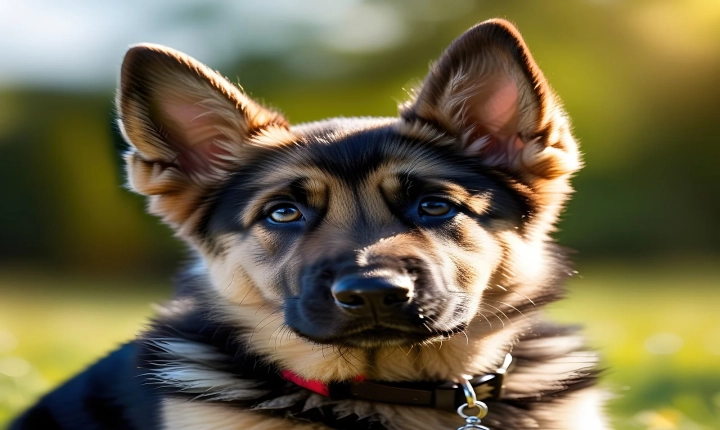Grayscale conversion is a powerful tool that can be used to create stunning black-and-white images in Photoshop and Adobe Illustrator. Whether you’re a graphic designer, photographer, or digital artist, knowing how to effectively utilize grayscale can significantly enhance your creative projects. In this article, we will explore the basics of using grayscale in both Photoshop and Adobe Illustrator, as well as provide some tips and techniques for achieving striking results.
Grayscale in Photoshop:
1. Open the Image: Start by opening the image you want to convert to grayscale in Photoshop. Click on “File” and then “Open” to select your image.
2. Convert to Grayscale: To convert the image to grayscale, navigate to “Image” > “Mode” > “Grayscale.” This will remove the color information from the image and convert it to black and white.
3. Refine the Image: After converting to grayscale, you can further refine the image using adjustment layers and filters. For example, you can use the “Levels” or “Curves” adjustment layers to adjust the contrast and tonal range of the image. Additionally, you can apply filters such as “Gaussian Blur” or “Sharpen” to enhance specific areas of the image.
4. Save the Image: Once you are satisfied with the grayscale conversion and any additional adjustments, save the image by clicking “File” > “Save As” and selecting the desired file format.
Grayscale in Adobe Illustrator:
1. Open the Image: In Adobe Illustrator, open the image you want to convert to grayscale by clicking on “File” and then “Open.”
2. Convert to Grayscale: To convert the image to grayscale, select the image and navigate to “Edit” > “Edit Colors” > “Convert to Grayscale.” This will strip the color information from the image, leaving it in black and white.
3. Refine the Image: Similar to Photoshop, you can refine the grayscale image in Adobe Illustrator using various effects and adjustments. For example, you can apply the “Halftone Pattern” effect to create a textured grayscale look, or use the “Image Trace” feature for more detailed control over the conversion process.
4. Save the Image: After making any necessary refinements, save the grayscale image by clicking “File” > “Save As” and choosing the desired file format.
Tips and Techniques for Grayscale Conversion:
– Experiment with Contrast: Adjusting the contrast in your grayscale image can dramatically impact its visual appeal. Use tools like the “Levels” adjustment in Photoshop or the contrast sliders in Illustrator to fine-tune the tonal range.
– Explore Different Filters: Experimenting with different filters can help you achieve unique grayscale effects. In Photoshop, try using the “Black & White” adjustment layer or the “Camera Raw Filter” for detailed grayscale adjustments.
– Consider Composition: When working with grayscale images, composition becomes even more critical. Pay attention to the balance of tones and the arrangement of elements to create a compelling visual arrangement.
– Emphasize Texture and Detail: Grayscale images can be particularly effective at showcasing texture and detail. Use tools such as the “Clarity” slider in Photoshop or the “Texture” slider in Illustrator to enhance these elements.
In conclusion, grayscale conversion in Photoshop and Adobe Illustrator provides a powerful means to create impactful black-and-white images. Understanding the basics of converting to grayscale and utilizing various tools and effects can help you unleash the full potential of this versatile technique. With a bit of creativity and experimentation, you can transform color images into captivating grayscale masterpieces. So, go ahead and try out these techniques to bring your grayscale visions to life!
